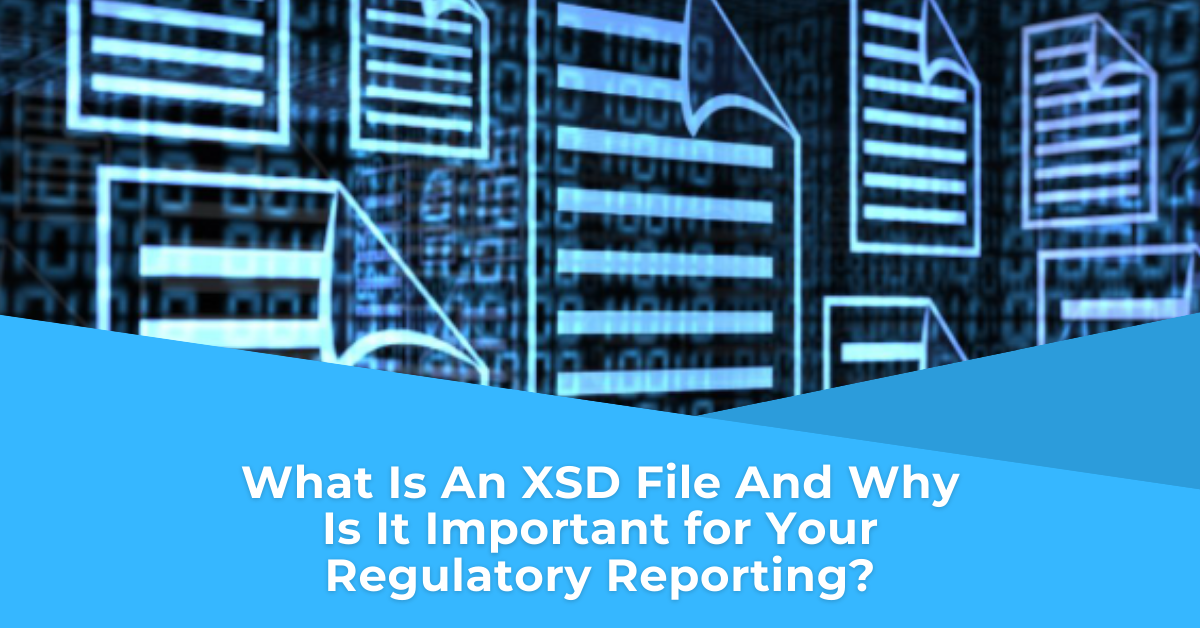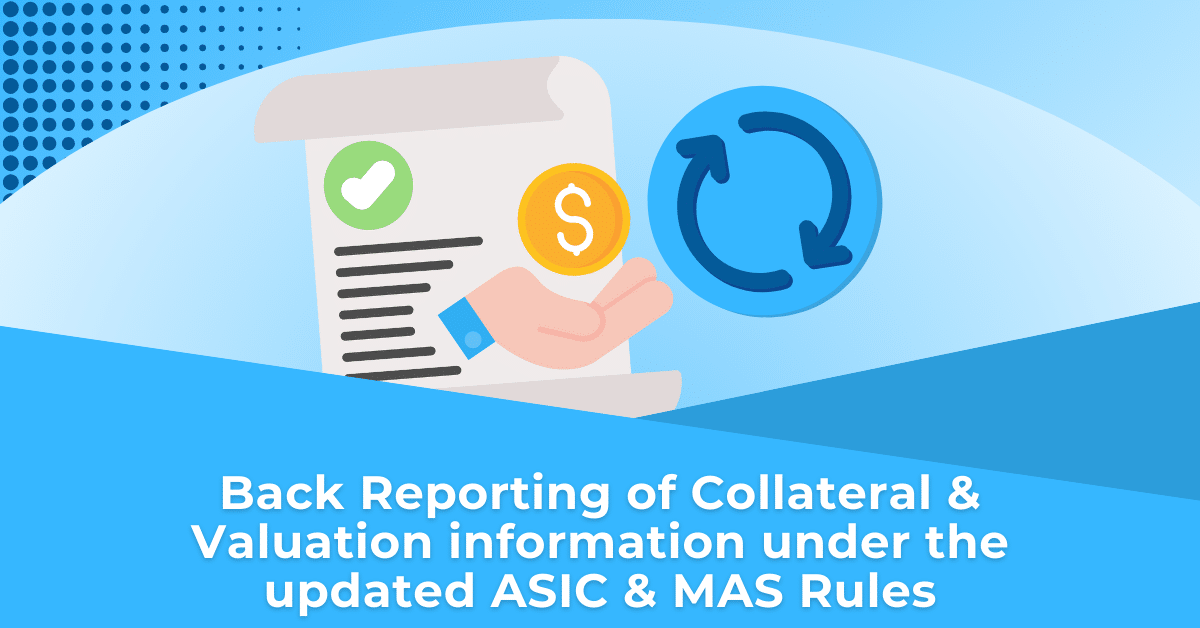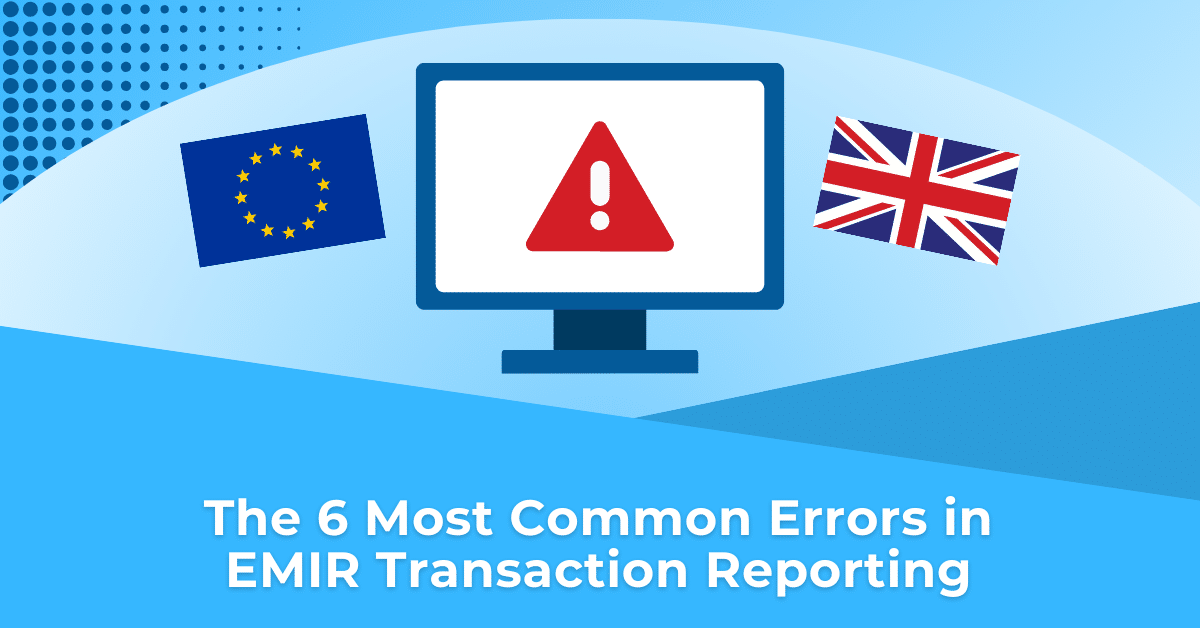With the upcoming EMIR Refit and ASIC Rewrite changes fast approaching, the transition to XML submissions will pose a massive challenge for many reporting entities in those regimes. An XSD file is a text file (in XML format) that defines the schema (structure, content, and data types) of another XML file. It provides a way to describe the elements, attributes, and relationships of an XML document, and is commonly used in applications that require validation of XML data, for example transaction reporting requirements.
ASIC Rewrite for XML
Starting October 2024, in an attempt to streamline the reporting process, ASIC is moving away from easily readable and manually changeable CSV files and adopting XML format file submissions. Once a company submits their regulatory reports in XML format, ASIC’s systems can automatically process and validate the information. This can help to reduce errors and ensure that the information is consistent with ASIC’s requirements.
Overall, the transition to XML format for regulatory reporting is intended to make the reporting process simpler, more efficient, and less prone to errors. However, it does require companies to ensure that their information is accurately captured in a less ‘human friendly’ manner.
EMIR Refit for XML
ESMA and FCA have released the validation rules along with their XML EMIR Reporting Schemas. Starting 29 April 2024 and 30 September 2024 respectively, counterparties and entities responsible for reporting will have to report the OTC derivatives and ETD in XML format according to the new EMIR Refit guidelines.
What is an XSD File?
An XSD file serves as a blueprint or a contract for an XML document. It specifies the rules for the elements and attributes that can appear in an XML file, their data types, order and structure.
How can an XSD File Help?
XSD files are implemented broadly, however, some key use cases for XSD files within reporting are shown below:
- Data validation: An XSD file is used to validate an XML document to ensure that it conforms to a particular schema. Validation checks can include verifying that the data types of elements and attributes match the schema, and that elements are in the correct order and hierarchy.
- Data exchange: An XSD file can be used to describe the structure and content of data that is exchanged between systems. For example, an XSD schema can be used to ensure that data exchanged between two web services conforms to a specific format.
- Code generation: Many programming languages can automatically generate code based on an XSD schema. This can simplify the process of working with XML data, as developers can use strongly-typed classes and objects that correspond to the elements and attributes in the XML schema.
Overall, an XSD file serves as a contract between systems, providing a standardised way to describe the structure and content of XML documents.
Summary
The upcoming changes in both ASIC, EMIR are significant. At TRAction, we are committed to ‘Trade Reporting Simplified’, where we will take care of all XML changes for clients, already having experience with this difficult format from other reporting regimes.
TRAction will continue to accept data from its clients and provide confirmations in csv format to facilitate the process of reviewing your reporting delegate.
Please do not hesitate to get in touch with us if you would like to know more about how we can assist with your derivatives transaction reporting.




